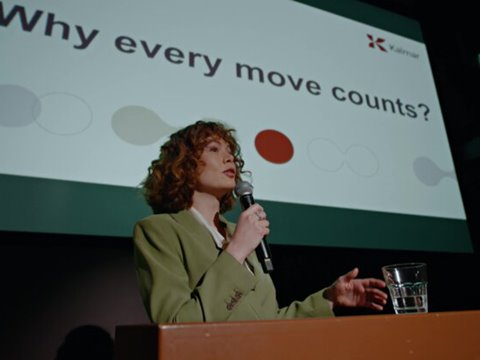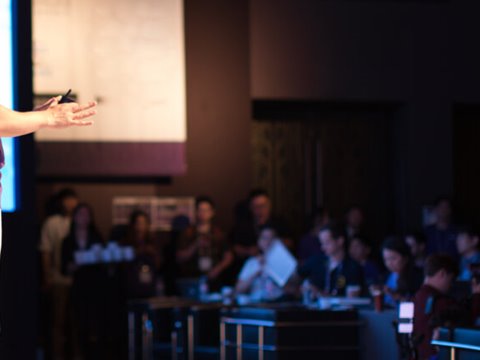
Listen well, listen early
The world economy depends on innovation and on the success of new products. However, every day billions of euros are spent on the development of products that end up failing. How can we reduce these uncertainties at an early phase and ensure that we spend our R&D investments on the right products.
For today's companies, it's not enough to have a profitable and working business model, as markets also demand constant innovation. Research indicates that the world's 1,000 largest companies invest a total of $1 billion in R&D each day, yet half of this budget is spent on products that either do not get launched or are unsuccessful in the market.* At the same time, the failure rate of new products has remained unchanged at approximately 30% to 80% for several decades.**
A widely known and highly useful rule of thumb is "If you fail, fail fast". What if we could incorporate the voice our customers early in the innovation process, analyze the results with scientific methods and end up decreasing market and technology uncertainty by more than 40%? This would be a genuine game changer for the cargo handling industry.
The fuzzy front end of innovation
On 8 May, I had the pleasure of serving as the opponent in the doctoral disputation of Antero Tossavainen at Tampere University in Finland. This was a fascinating learning experience of which I will write in more detail in a later post.
The management of the so-called "fuzzy front-end" (FFE) phase of innovation has been shown to be pivotal to the success of new product development initiatives. The main problem at this early stage of product development appears to be the presence of a vast number of uncertainty factors that are related to both user needs and technology.
In his doctoral dissertation, Antero Tossavainen has some very interesting insights into how a structured modelling approach can be used to reduce these early-stage market and technology uncertainties (I encourage you to check it out here ). By using the latest models of how companies and industries accept new technology, Tossavainen's research showed that in a service robotics project, market uncertainty could be reduced by an average of 43% and technology-based uncertainties by 41%.
These numbers are huge, and could translate into massive efficiency improvements if the same models can be adapted even partially to the day-to-day R&D efforts of our own industry. Perhaps this is something that all of us should be looking into?
Balancing certainty and uncertainty
Product development includes an inherent paradox. On one hand, we want to ensure that we spend our finite research and development investments on the projects that are most certain to bring business value to end users. On the other hand, innovation has never come from doing the sure thing, and technology leadership requires taking risks and trying different approaches. Especially in today's exceptional circumstances, uncertainty is the new normal, so we need to be able to adapt our projects faster and more continuously than ever.
 In practice, much of this comes down to listening to you – our customers – and finding out what you really want and need to solve the challenges that your business is dealing with. Resources are always constrained, so how do we ensure that we spend our research and development investments on the right products?
In practice, much of this comes down to listening to you – our customers – and finding out what you really want and need to solve the challenges that your business is dealing with. Resources are always constrained, so how do we ensure that we spend our research and development investments on the right products?
The good old values of collaboration and dialogue are still as valid as ever, but today we are able to complement them with new, theoretically proven methods that can actually reduce the uncertainties in the early stages of product development. We would do well to learn more about this.
Jari Hämäläinen
Director, Terminal Automation, Kalmar
To find out more, see Antero Tossavainen's doctoral dissertation "Reduction of Market and Technology Uncertainty during the Front End of New Product Development" here: http://urn.fi/URN:ISBN:978-952-03-1537-5
* Cooper R. G. (2005). Product Leadership: Pathways to profitable Innovation. Basic Books, New York.
** Castellion G. & Markham S. K. (2013). Perspective: New product failure rates: Influence of Argumentum ad populum and self-interest. Journal of Product Innovation Management, 30(5), 976-979.
Yoon B. S. & Jetter A. J. (2015). Connecting Customers with Engineers for the Successful Fuzzy Front End: Requirement of Tools. 2015 Portland International Conference on Management of Engineering and Technology (PICMET), 1585–1595.
Subscribe and receive updates in your email
Tilaa julkaisujamme













